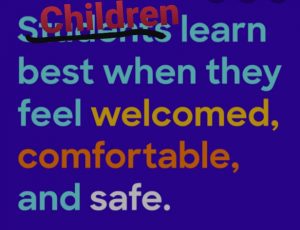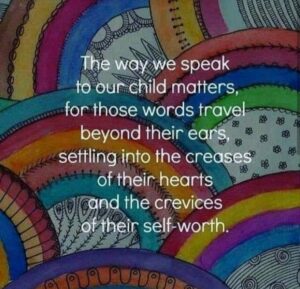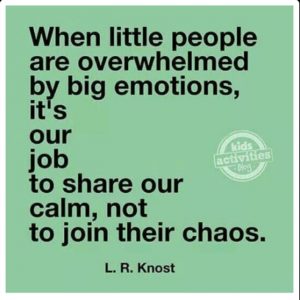With early learning centers and schools re-opening on Monday, after a strange time in our world, I couldn’t help but think about how the children will be welcomed and greeted on their first day back. This is just as much for parents… think about how you greet your child on pick up, or when you get home from work.
Years ago I read an article which talked about the impact, the first 30 seconds of arriving in your ece setting, has on your child’s day. It sets the tone for the day. Sadly, I cant find the article and never took a copy 🙄
The article talked about how when adults ask lots of questions and expect answers right on arrival can cause stress for children, impacting on their transition and day.
-
“How are you?
How has your morning been?
How was swimming last night?”
The short article made me reflect and change my practice immediately, it was that good! I wish I could find it 🤨
For years, I greeted the children in Maori, “Morena, ata marie”, and asked a question … “Kei te pehea koe? how are you?”
Sometimes I got a response and sometimes I didnt.
Since reading and reflecting on this article, I began to greet children and families with “Morena, it’s nice to see you today.”

Over the years, I saw the true benefit of this simple change. The response I got from children and their families was far more authentic as it fostered genuine connection. The smiles, the eye contact and the response “it’s nice to see you too Nickie” was so heart warming.
Responding to a greeting is an adult expectation, however, it is a skill that needs to be developed for children. Avoid pressure and lose the expectation of a response by making an inviting statement. They will respond when they are ready. This is a genuine way to foster and promote social and emotional skills.
This form of greetings became infectious. Other teachers i was working with started to do it too. It was such a pleasant welcome to hear.
This simple statement, because that’s all it is, doesn’t ask for a response. There is no pressure on the child. Yet it says welcome, you are special here. I will take care of you.
This way of greeting fosters genuine connection.

Heres a few tips…
As the adult and teacher, you need to approach the child and family. Welcome and invite them in;
“Good morning ….. it’s nice to see you today.”
If you know their name, use it. If you dont and have time to find out before they arrive, do so.
“Eye contact is heart contact”
– The Heart School
SMILE
Avoid pressure to answer questions. Comment “It’s nice to see you today”
“It’s great to see you remembered your raincoat today”
Be consistent.
Feel the connection.

An inviting welcome statement like this fosters a sense of trust and belonging while building self esteem and strengthening connections.
So, when you see the children on Monday, how will you greet them?
Will they get a series of invasive questions on arrival?
How are you?
How was your time in isolation?
What did you do while in isolation?
Or
“Good morning ….. it’s nice to see you today.”


